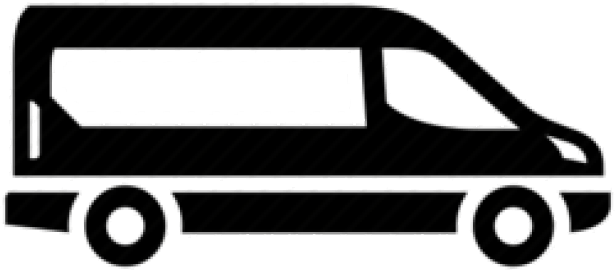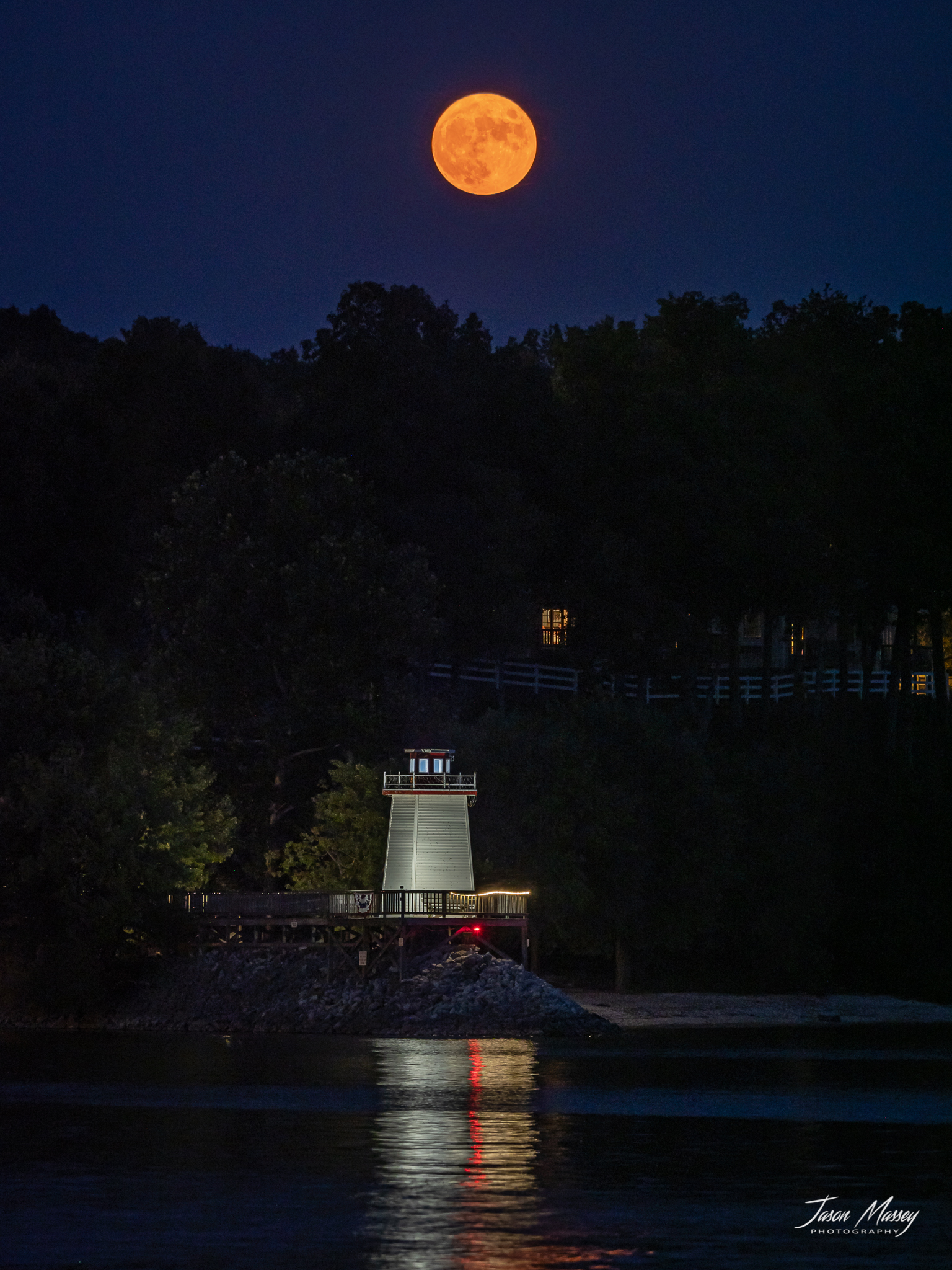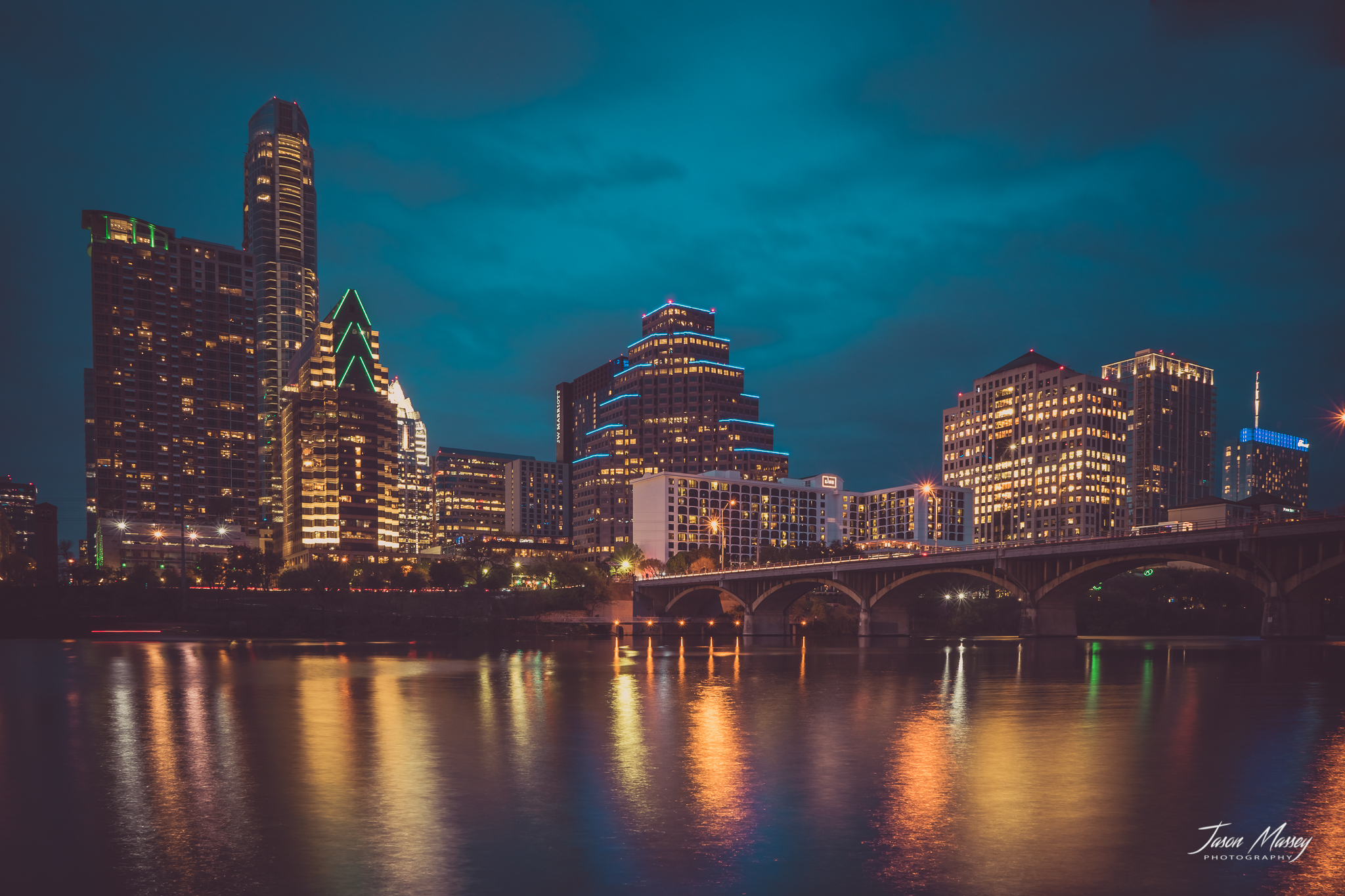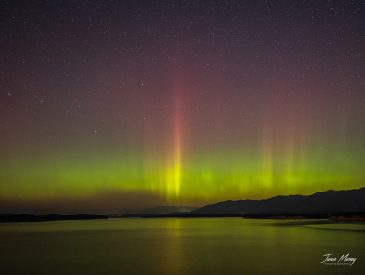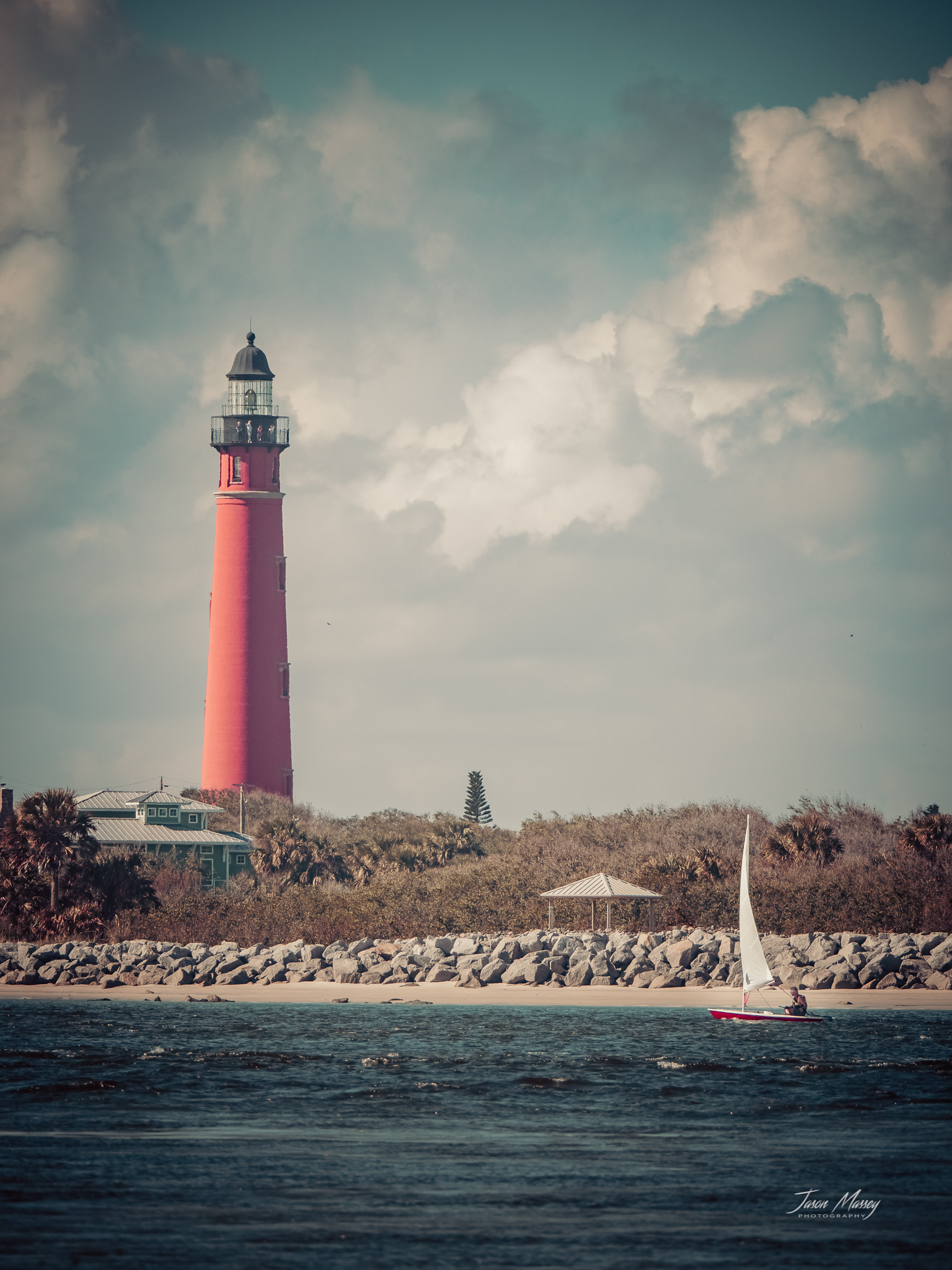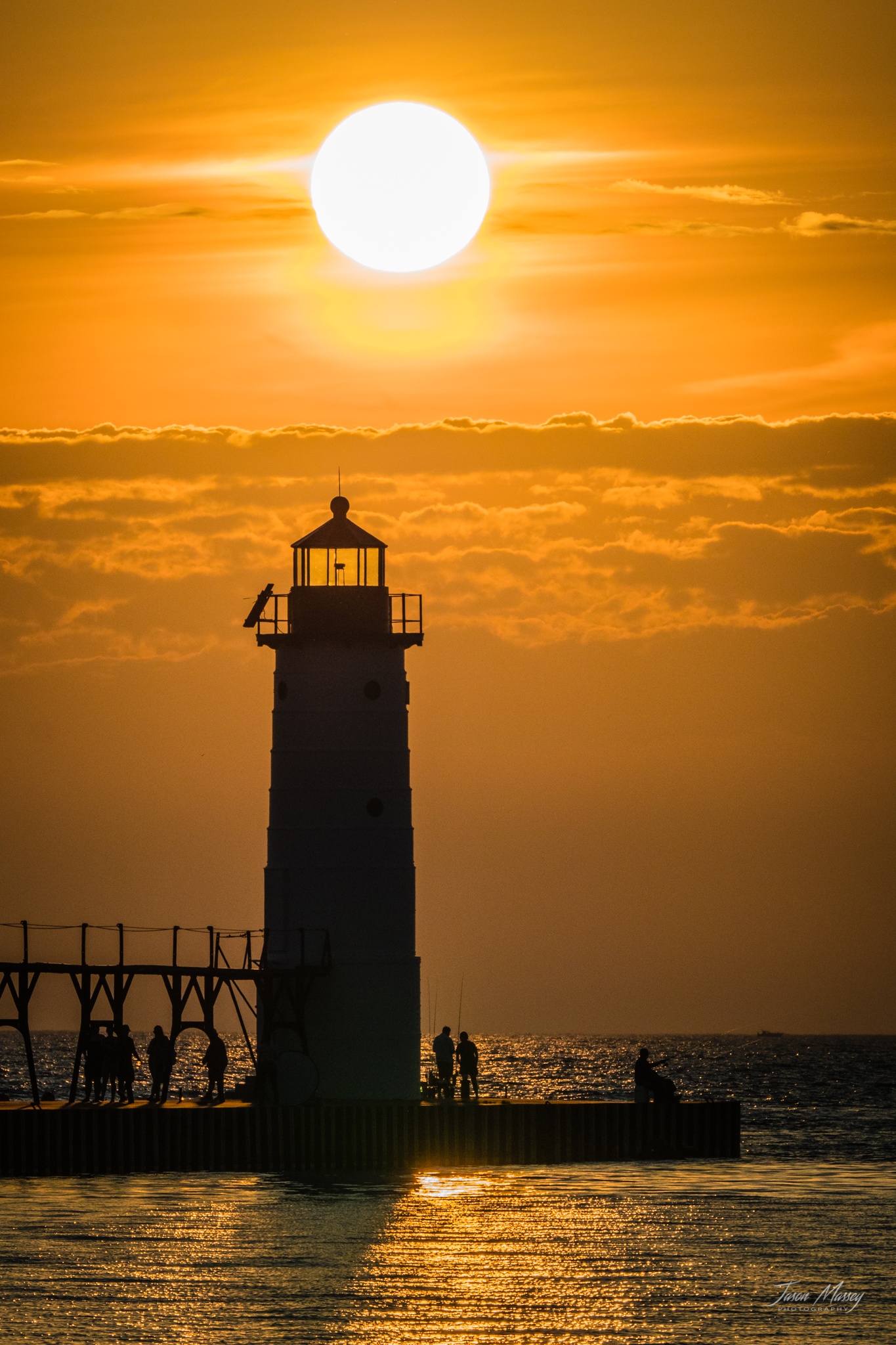Since leaving south Texas, we have been slow rolling our way back to Indiana (our home state) to visit family and friends. We are currently staying in Grand Rivers, KY on Kentucky Lake. Being a native of southern Indiana, this isn’t our first visit to the region but every time you visit a place it is different.
This time we are very near a resort area called Lighthouse Landing. It’s a marina, a resort and public fishing area. Driving past it I had noticed a small lighthouse on the shore of Kentucky Lake. Always on the hunt for something to photograph, we stopped to check it out. It appears to just be a nice ornament rather than functional, but it was pretty neat looking and was lit at night. Since nighttime photography is actually one of my favorite forms of landscape photography, I made a mental note to come back one evening.
As luck would have it a few evenings later was a full moon. The little lighthouse instantly came to mind and I wondered where the rising moon would be in relation to it. Thus the main reason for this post. Planning a shot.
The main tool I used to confirm if the moon would line up with the lighthouse was The Photographers Ephemeris. I have the app on my iPhone (also works on PC and Android). The awesome thing about this program is that it shows sunrise, sunset, moon rise and moon set with lines which lineup to your current location (or one you select). It also shows the times of each of these things. As you can see, it’s a life saver when trying to plan shots.
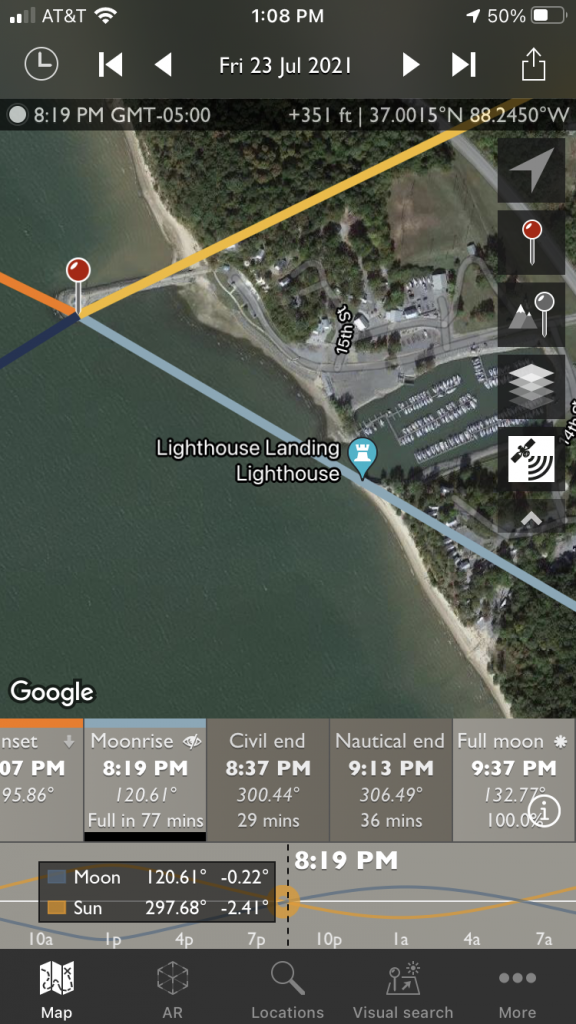
So as you can see from the image above, the gray line represents the moon rise and it lined up perfectly with the lighthouse! But just lining up wasn’t the whole story for this image. A full moon is very bright. Often, if you want a landscape shot with the moon properly exposed you must do a composite image to make it work. A composite is simply two or more images put together to make one image. In the case of night sky shots, it is sometimes required to take a long exposure image of the foreground to bring out the details while shooting a separate image of the moon. You then combine the images in Photoshop. This is a very common procedure for Milky Way and other night sky photography when a foreground is present.
Fortunately, I did not need to do that for several reasons. First, there was a lot of smoke in the atmosphere from wildfires out west. These particulates cause a dimming of the moon as well as causing a discoloration. Both worked in my favor as it meant a longer exposure for the moon and added a cool color.
The second thing that worked for me in this image was that the moon rose during blue hour. Blue hour, as you might have guessed, is the hour after sunset where there is still a bit of residual light from the sun. This allows for a shorter exposure time and makes the sky more interesting. So what this meant for this particular image was that I could shoot it with one exposure (which is what I prefer).
So a recap of the things that lined up for this shot:
- Moon lined up with lighthouse
- Moon rose during blue hour
- Moon was darker than normal
- Moon was a crimson color due to smoke
So sometimes, things just work out. Other times you MAKE them work out. Planning is key to a great shot sometimes. I’m fairly proud of this one.
Olympus E-M1 Mark II w/Olympus 40-150mm f/2.8
ISO-400, 1/3s, 150mm (300mm full-frame equivalent), f/4

